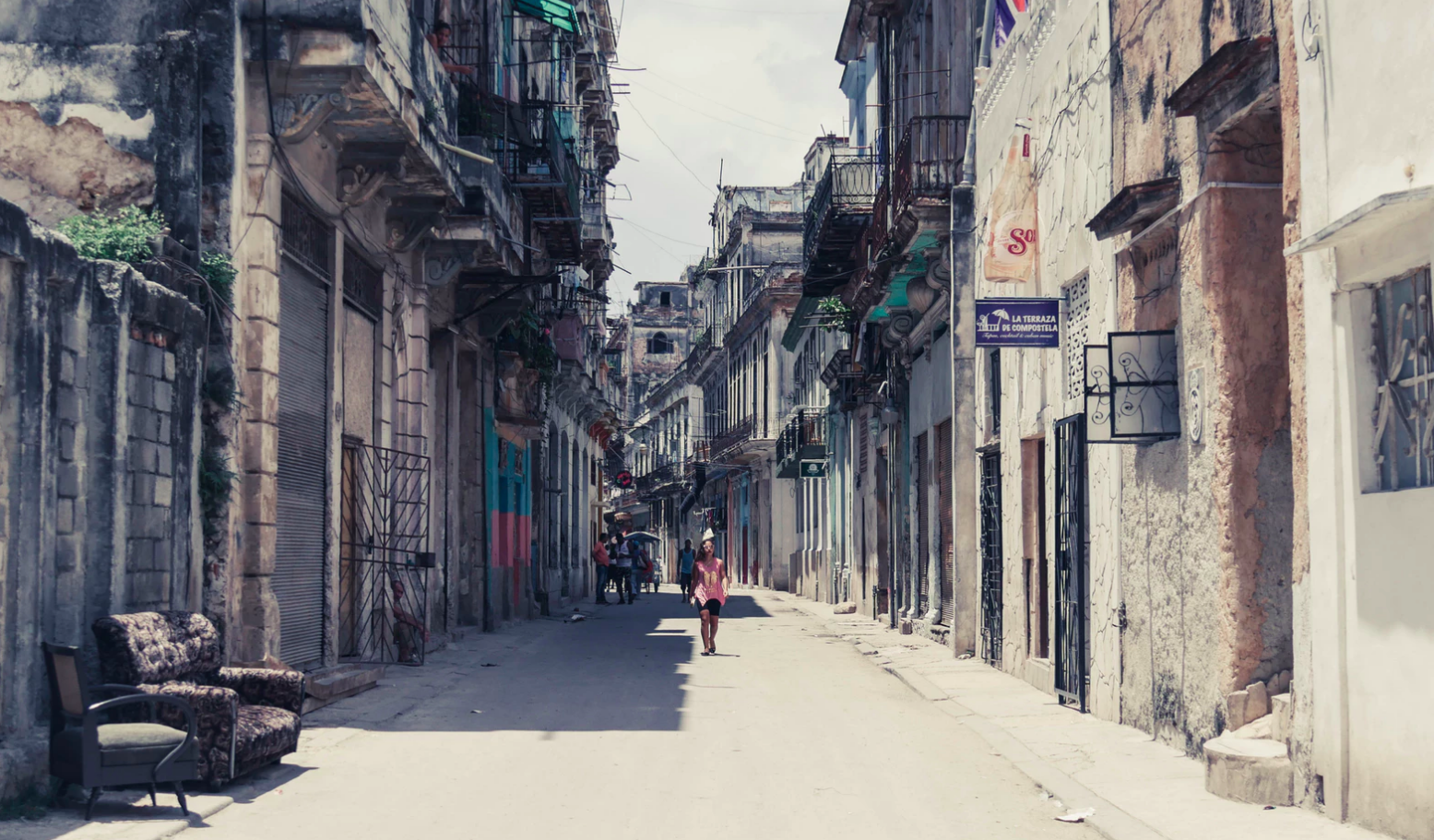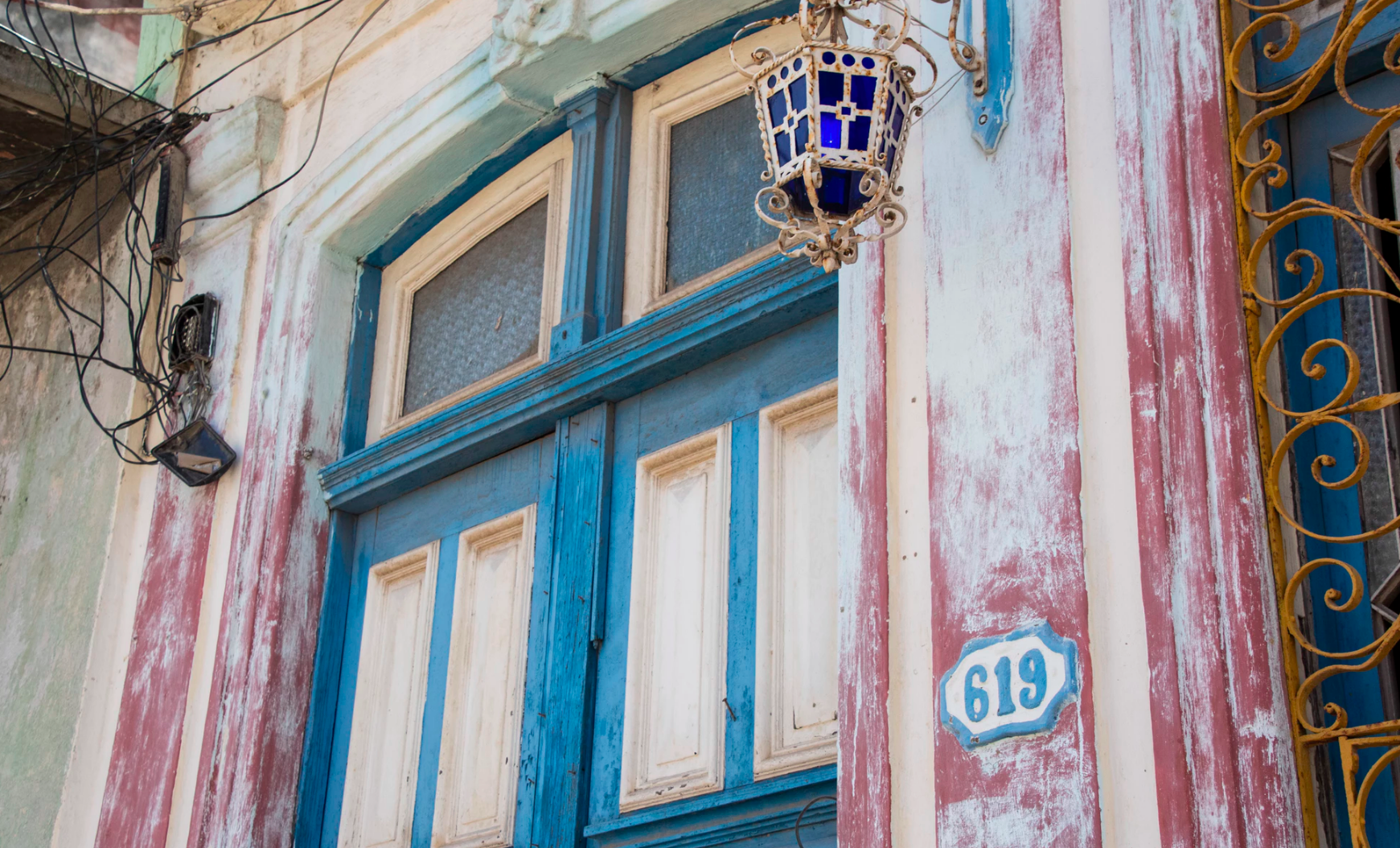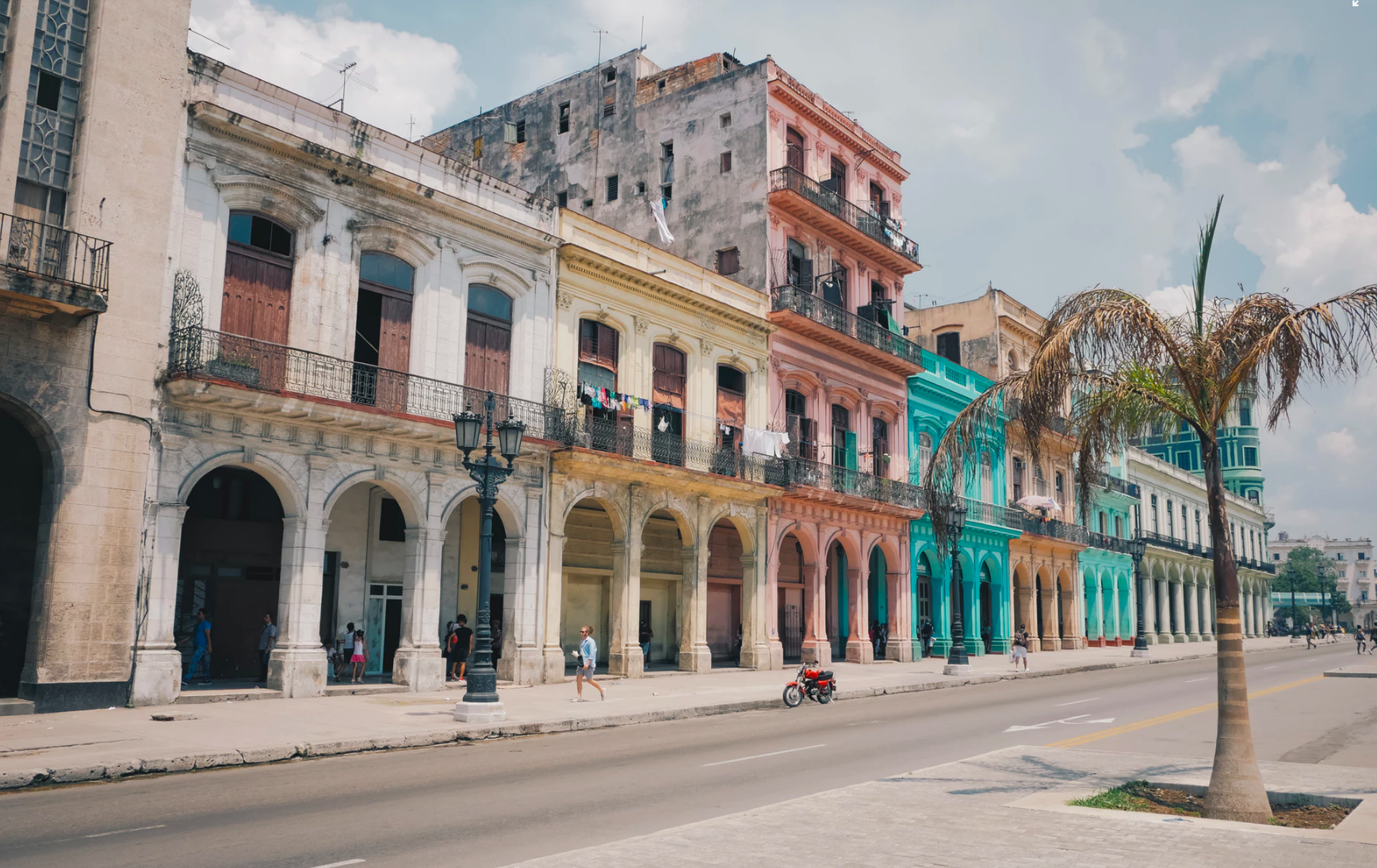When thinking of Cuba, the image of an immensely beautiful country comes to people’s mind. At the same time, Cubans’ lives seem hard from the outside, because of the low income and poor resources at hand. However, they seem happy and at peace with themselves, which may seem strange for someone used to the consumerism of the modern societies. In the middle of these perspectives, both equally justified, Cuba seems to have built its more recent history on paradoxes.
Here are some of the facts that are the most difficult to understand when it comes to Cuban realities, here are the facts that make us feel that the Cuban people are programmed to see the glass half-full and to try to find creative ways to really fill it.
Health statistics
Usually, wealth and health are correlated because greater wealth can buy better health care. Yet, Cuba remains desperately poor and appears to be healthy. Cuban life expectancy of 79.5 years and infant mortality rates of 4.3 per 1,000 live births (2015) compare well with the ones of rich nations like the USA (78.7 years and 5.7 per 1,000 live births). Yet, its per capita income of $7602.3 make it one of the poorest economies in the hemisphere (World Development Indicators DataBank, 2017).
Medical breakthroughs
Doctors in Cuba are well-trained and in abundance, however hospital patients must supply their own bedding, syringes, bandages and medications. At the same time, Cuba made some of the most notable medical breakthroughs, including:
– First To Eliminate The Transmission Of HIV From Parent To Child
– Development Of A Vaccine Against Lung Cancer
– The First Esophageal Transplant
A strange mix of old and new
There are vintage American cars running on Japanese and Korean diesel engines. They run side by side with new Japanese, German, and Korean imports. There are buildings restored to show the old glory right next to crumbling ones. A walk down the street will increase these mixed feelings and will leave you dazzled.
High literacy rate vs. low salaries
The country’s economy is not doing well, but Cubans get free health care and 99 percent of them are literate, because education is free.
According to Learningfirst.org, all children are considered to be wards of the state and in partnership with the parents. All pertinent institutions work in tandem to provide support for their educational and socio-emotional needs. The infant program is available for ages one to four and incorporates child care as well as meeting the medical needs of the children. Parents are taught to be the child’s first teacher.
However, the average salary of a citizen is $20 a month and the average person’s pension is $9.50 a month, so somewhere the cycle is disrupted. Why? Because it’s not enough to study hard in order to have a decent salary, which is the usual outcome of an educational journey.
Yes, when talking about Cuba, there’a mix of facts, seasoned with “but” and “however”. It makes you draw a vicious circle that takes you up and down, and makes you feel enthusiast or worried, proud or not at all at ease. But that’s Cuba and hopefully its journey will take all Cubans only up, as they deserve to.





